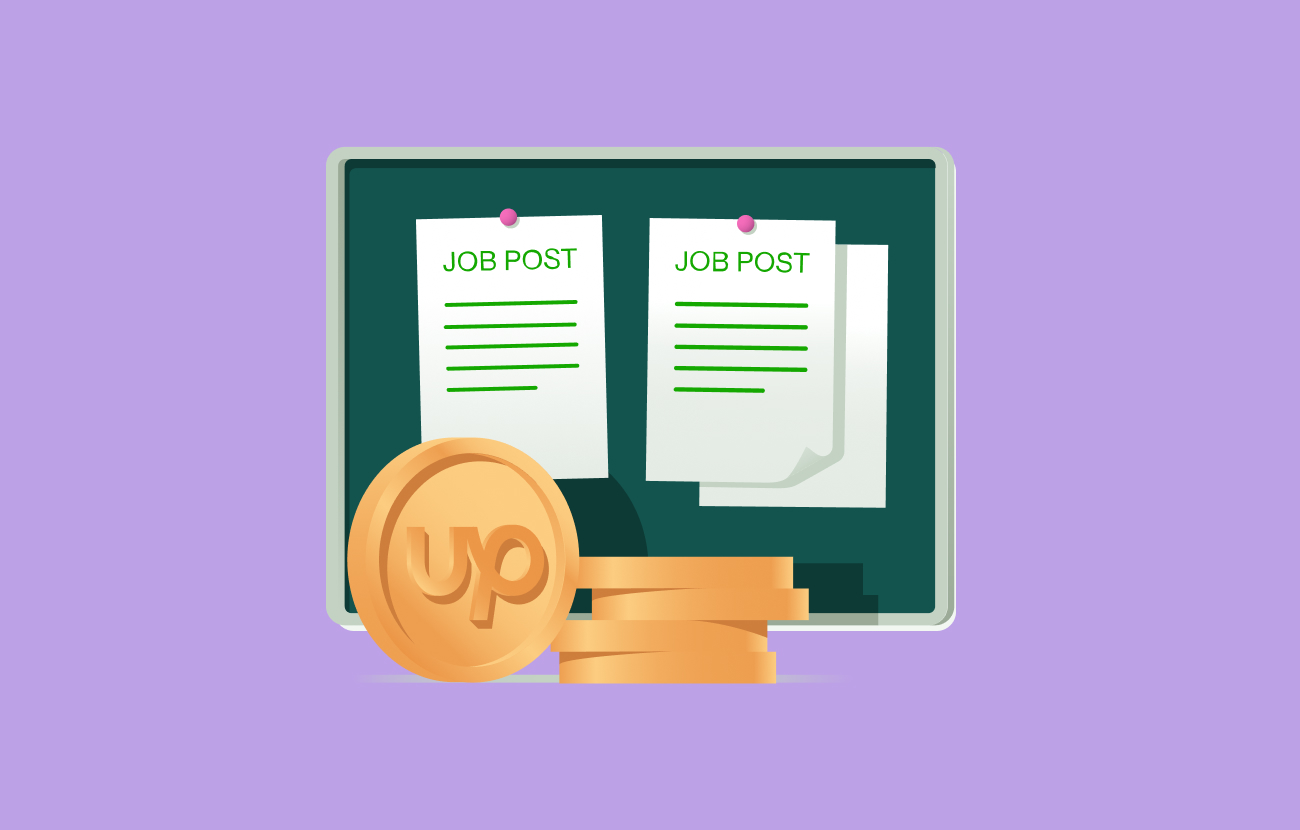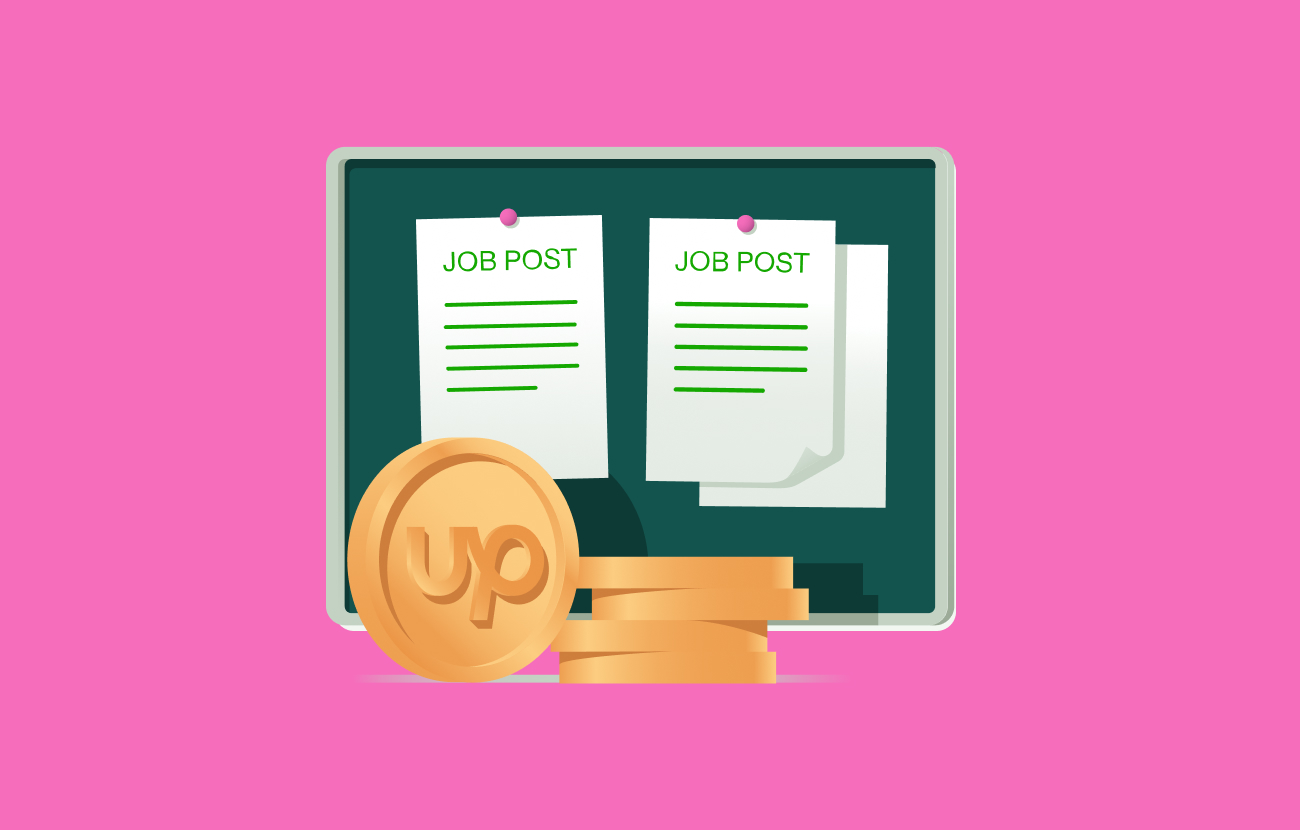Multichannel Marketing Strategy: Build Campaigns That Convert
Reach more customers and boost ROI with a smart multichannel marketing approach. See how to get started.

Today’s buyers bounce between social media, email, search, and in-store touchpoints in seconds and expect brands to keep up. Showing up on just one platform isn’t enough. You need a strategy that meets your audience wherever they are, with brand messaging that feels consistent and timely.
That’s where multichannel marketing comes in. Whether you’re promoting a new product, building brand and customer loyalty, or re-engaging lapsed customers, a multichannel approach helps you stay visible and relevant across platforms to deliver a premium customer experience.
This guide will walk you through how to build a modern multichannel marketing strategy, from channel selection and campaign setup to performance tracking and optimization, so you can connect with customers and drive results at scale.
What is multichannel marketing?
Multichannel marketing is a subset of digital marketing. It’s the practice of connecting with your audience across multiple platforms, like email marketing, social media, SMS, direct mail, and your website, so customers can engage with your brand through their preferred channels.
Unlike single-channel efforts which can create silos, a multichannel strategy increases your reach and flexibility. You’re not waiting for your audience to come to you—you’re showing up wherever they already spend time. This improves visibility, builds brand awareness, and gives your marketing efforts more opportunities to convert.
It’s often compared to omnichannel marketing, but the two aren’t the same. While both involve various channels, the key difference lies in integration.
Multichannel vs. omnichannel marketing
Multichannel is about being everywhere. Omnichannel is about making those customer touchpoints feel connected. Both can drive results, but knowing which one fits your goals, tech stack, and team resources is the first step to getting it right.
Benefits of multichannel marketing
A strong multichannel marketing strategy doesn’t just expand your presence; it multiplies your potential impact. By reaching customers across platforms, you create more opportunities to engage, convert, and retain them.
Here are some key benefits of a multichannel approach:
- Expanded reach. Different platforms attract different audiences. A multichannel strategy helps you connect with more potential customers by showing up where they already spend time, whether that’s Instagram, email, or in-store.
- Stronger customer engagement. Giving your audience choices on how they interact with your brand increases the likelihood they’ll take action. When messaging appears across multiple touchpoints, it reinforces brand awareness and drives repeat interactions.
- Better data collection. Each channel provides unique insights into customer behavior. With more touchpoints, you gain a richer understanding of what works, helping you tailor content, offers, and timing more effectively.
- Improved attribution. Multichannel marketing makes it easier to track which campaigns, marketing platforms, or sequences lead to conversions. This helps marketing teams optimize spend and allocate resources based on what delivers results.
- Higher return on investment (ROI). A diversified channel mix reduces reliance on any single platform. By testing messages across channels and adjusting based on performance, you can improve outcomes while managing cost.
When done right, multichannel marketing doesn’t just drive traffic—it builds trust, boosts conversions, and strengthens customer relationships over time.
Multichannel vs. omnichannel: Key differences
Multichannel and omnichannel marketing both use multiple platforms to reach customers, but how they connect those channels makes all the difference.
In a multichannel strategy, each channel functions independently. You might run email campaigns, social ads, and direct mail—all with the same message, but without shared data or coordination between them.
In an omnichannel strategy, every touchpoint is connected. Customer data flows between platforms so that messaging, timing, and offers adjust based on real-time behavior, creating a seamless and personalized experience.
When to choose each strategy
When deciding which approach fits your business goals, team capacity, and customer experience needs, consider the following:
- Choose multichannel if your team is small, your goal is a broad reach, or you're testing new channels and messaging. It’s easier to launch and manage, especially with basic tools.
- Choose omnichannel if you want to create a personalized, connected customer journey that adapts to behavior across touchpoints. This approach is ideal for e-commerce brands, subscription services, and businesses with high-touch sales funnels.
Whichever path you choose, aligning your content, offers, and timing across platforms is key to building trust and driving results.
4 steps to take before launching a multichannel campaign
Before you activate a multichannel campaign, set a clear foundation. These four steps will help align your team, sharpen your strategy, and set you up for measurable success.
- Set measurable goals. Define what success looks like—whether it’s increasing conversions, boosting brand awareness, or improving customer retention. Attach KPIs like email open rates, landing page visits, or social media engagement to track performance.
- Align messaging across platforms. You should aim to have consistent messaging that is clear, even as it’s adapted for different formats. What you say in a social post, email, or SMS blast should all reflect the same brand voice and campaign objective.
- Choose the right channels for your audience. Don’t try to be everywhere. Focus on the platforms your target customers actually use—based on demographics, behaviors, and campaign goals. For example, B2B teams might prioritize LinkedIn and email, while DTC brands may focus on Instagram and SMS.
- Define your attribution model. Decide how you’ll credit each channel for conversions. Use models like last-touch for simplicity or multitouch to get a full picture of the customer journey. Attribution planning helps you make smarter decisions mid-campaign.
How to run a multichannel campaign in 10 steps
Running a multichannel campaign takes coordination, but when done right, it creates momentum across platforms. Use these steps to stay focused, aligned, and data-driven throughout the process.
1. Set a clear campaign objective
Define what you're trying to achieve—awareness, leads, conversions, or retention. Your objective should guide every decision from channel mix to creative assets.
2. Align your team on timeline and goals
Make sure everyone working on the campaign, from social media managers to email marketers, is clear on the strategy, timing, and success metrics.
3. Build detailed buyer personas
Use demographic and behavioral data to segment your audience into buyer personas. Tailor content and channel choices to match how each group prefers to engage.
4. Craft a unified message
Create one core message, then adjust tone and format for each channel. Your Instagram post and your email shouldn’t be identical, but they should feel connected.
5. Customize your approach by channel
Optimize your tactics for each platform. Use short-form video on TikTok, automated flows in email, and keyword-driven content for SEO.
6. Prepare campaign assets in advance
From visuals to landing pages, ensure all creative assets are ready to go. Consistency in design and messaging builds trust across touchpoints.
7. Launch with tracking in place
Use UTM links, tracking pixels, and platform analytics to monitor performance. Make sure every channel is measurable from day one.
8. Monitor results in real time
Watch key metrics like engagement, click-throughs, and conversions. Be ready to tweak the creative or shift the budget based on early results.
9. Debrief and analyze results
Break down performance by channel and audience segment. What worked, what didn’t, and where did attribution show the strongest returns?
10. Iterate and improve
Use insights from this campaign to shape your next one. Over time, small adjustments lead to stronger ROI and more efficient spending.
Tools that support a multichannel strategy
Multichannel marketing requires more than just showing up; it takes the right mix of tools to execute campaigns, manage data, and measure what works. Here are the key categories and top tools that can help streamline your strategy in 2025.
Marketing automation
These tools help you build and automate marketing workflows across email, SMS, and other digital touchpoints.
- HubSpot. A full-featured platform for automating campaigns, managing contacts, and tracking engagement across multiple channels.
- Mailchimp. Popular with small businesses for automating email sequences, segmenting audiences, and sending personalized content.
- ActiveCampaign. Combines email, SMS, and site tracking with advanced automation and customer journey mapping.
CRM and customer data platforms
CRM and CDP tools provide a centralized view of your customer data, enabling smarter segmentation and targeting.
- Klaviyo. Known for email and SMS automation, Klaviyo also offers strong segmentation tools and real-time behavior tracking.
- Salesforce. A robust CRM solution that integrates with marketing tools to power personalized, cross-channel campaigns.
- Zoho CRM. A budget-friendly platform for tracking leads, managing contacts, and integrating with marketing apps.
Social media schedulers
Use these tools to plan, post, and analyze social content across platforms like Instagram, LinkedIn, TikTok, and more.
- Sprout Social. Offers social publishing, engagement, and detailed analytics for managing multiple accounts at scale.
- Buffer. A user-friendly scheduler that makes it easy to queue up content, track engagement, and collaborate with teams.
- Later. Especially useful for visual planning on Instagram and TikTok, with hashtag suggestions and post previews.
SEO and content optimization
These platforms help boost visibility on search engines and ensure your content marketing ranks and performs well across digital touchpoints.
- Semrush. Combines keyword research, competitor analysis, and content auditing for SEO-driven campaigns.
- Ahrefs. A favorite for backlink analysis, keyword tracking, and SEO performance reporting.
- Clearscope. Helps writers create well-optimized content with on-page keyword suggestions and readability scoring.
Analytics and attribution
Track performance, identify conversion paths, and understand which channels drive the highest ROI.
- Google Analytics 4. The go-to platform for analyzing site traffic, event-based engagement, and multichannel attribution.
- Segment. Helps unify customer data from multiple sources into one view for better targeting and personalization.
- Triple Whale. A favorite among e-commerce marketers for real-time attribution, ad tracking, and revenue insights.
With the right tools in place, your team can automate execution, personalize experiences, and make better informed decisions—without bouncing between disconnected platforms.
Tracking and optimizing your campaign
Multichannel campaigns aren’t “set it and forget it.” The real advantage comes from tracking performance in real time and making smart adjustments as you go.
Focus on key metrics
Use KPIs that align with your campaign goals—open rates and click-throughs for email, conversion rate and bounce rate for landing pages, engagement metrics for social posts. Set benchmarks early so you can measure success channel by channel.
Run A/B tests
Test different subject lines, visuals, CTAs, or offers within each channel. Even small tweaks can lead to big improvements in conversion or engagement. Most automation and CRM tools make testing easy to implement without starting from scratch.
Use attribution models to understand what’s working
Choose an attribution model that fits your customer journey.
- Last-touch is simple and useful for short sales cycles.
- Time decay or position-based models offer more insight for complex or longer journeys.
- Multi-touch attribution is ideal for understanding how different channels work together.
Make real-time adjustments
Use dashboards and reporting tools to identify underperforming channels or creatives. If a platform is falling short, reallocate the budget or pause it. If a message is resonating, double down with retargeting or expanded reach.
By measuring what matters and staying flexible, you can maximize ROI while refining your marketing strategy with every campaign.
Build smarter multichannel campaigns with Upwork
In today’s fragmented attention economy, customers expect brands to meet them on their terms and at the right time, across channels, platforms, and devices. A strategic multichannel marketing approach helps you do just that, creating more personalized experiences and stronger engagement at every touchpoint.
But strategy alone isn’t enough. Successful multichannel marketing campaigns require aligned teams, flexible tools, and continuous optimization. That’s where the right talent makes all the difference.
Whether you need a campaign strategist, SEO expert, email marketer, or analytics pro, Upwork can connect you with independent talent who know how to execute multichannel marketing that converts.
Ready to scale your marketing strategy? Start building your team of experienced digital marketers and marketing strategists on Upwork today.
FAQs for multichannel marketing strategy
Multichannel marketing can be complex, especially as new platforms and tools emerge. Below are answers to common questions businesses have when building and optimizing a multichannel strategy. Whether you're just getting started or looking to improve your results, these tips can help guide your next move.
What’s the difference between multichannel and omnichannel marketing?
Multichannel marketing uses several independent platforms (like email, social, SMS) to reach customers, while omnichannel marketing connects those platforms into one seamless experience. Both can be effective, but omnichannel requires more tech integration and data sharing.
How do I choose the right channels for my campaign?
Start with your target audience. Look at where they spend time—social media platforms, email, mobile apps, or offline channels—and match your messaging to those touchpoints. Your goals and budget should also guide your channel mix.
Can small businesses succeed with multichannel marketing?
Absolutely. A lean multichannel approach, using just two or three platforms, can still deliver great results. Tools like Mailchimp, Buffer, and Klaviyo make it easier for small teams to automate, personalize, and track campaigns without a large tech stack.
How do I measure the success of a multichannel campaign?
Use performance metrics like click-through rates, conversions, engagement, and ROI across each channel. Attribution models (like last-click or multitouch) help you understand which touchpoints had the most impact on your outcomes.
What role does content play in multichannel marketing?
Content is key—it’s how your brand communicates across platforms. Tailor the format for each channel (short-form for social, long-form for email or blogs) but keep the message and tone consistent to build trust and brand recognition.
Do I need special software to manage a multichannel strategy?
While not required, using tools like marketing automation platforms, CRMs, and analytics dashboards makes it easier to manage, monitor, and scale your strategy. Upwork talent can help you choose and implement the right setup for your business and customer needs.
Upwork is not affiliated with and does not sponsor or endorse any of the tools or services discussed in this article. These tools and services are provided only as potential options, and each reader and company should take the time needed to adequately analyze and determine the tools or services that would best fit their specific needs and situation.






.png)
.png)
.png)
.png)
.png)



.svg)
.svg)





















